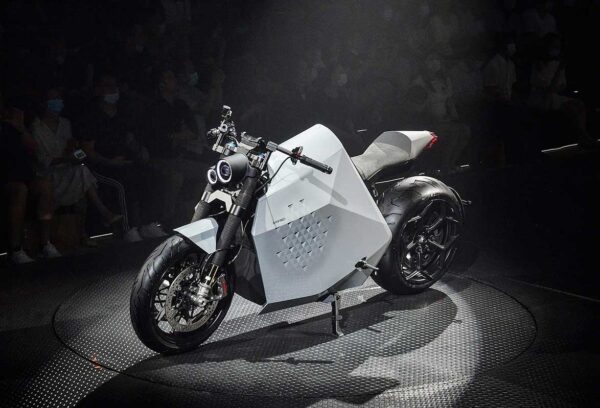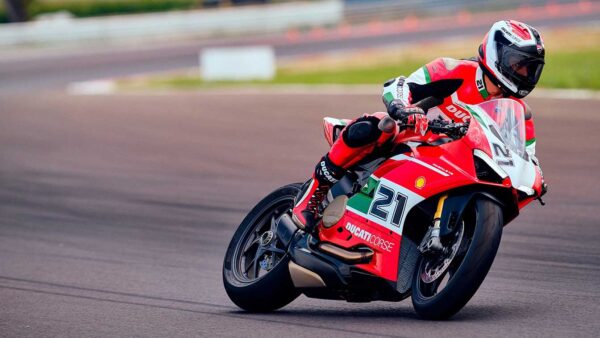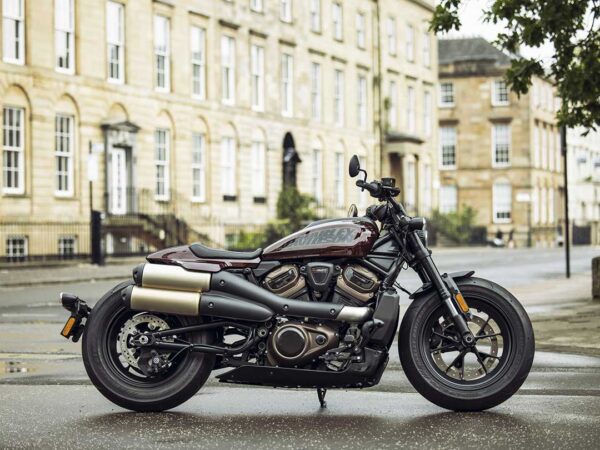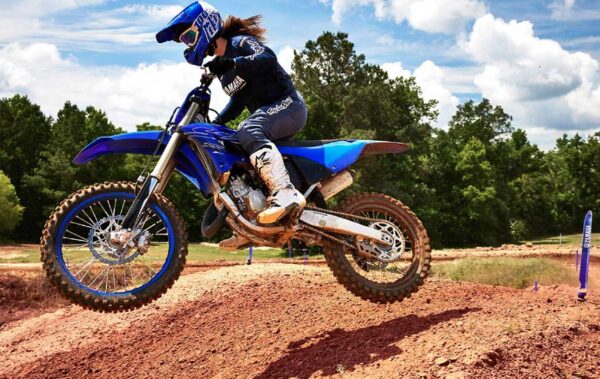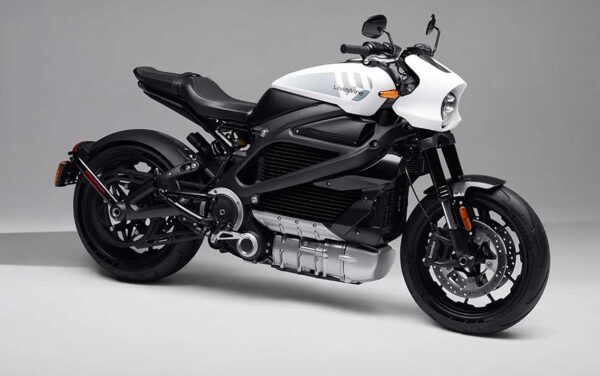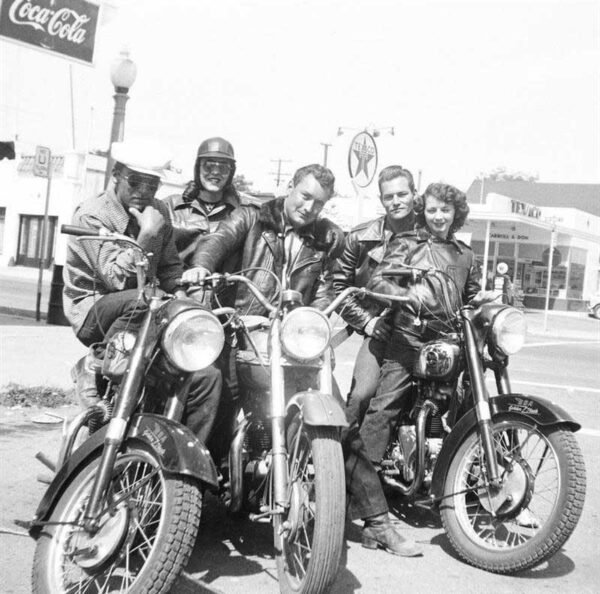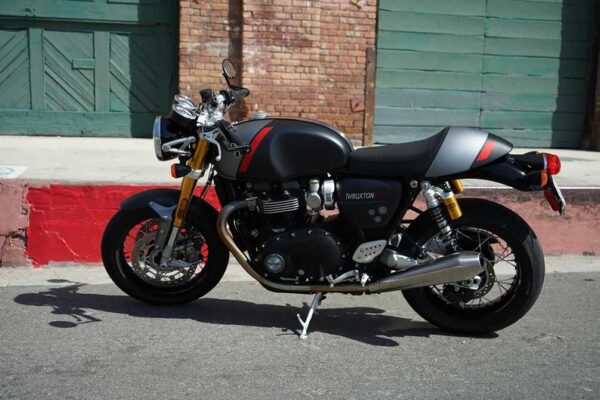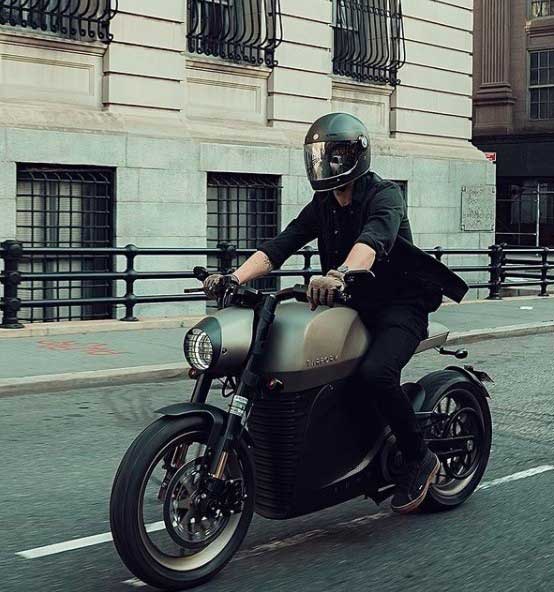Davinci DC100 Is a Two-Wheeled Robot Disguised as an Electric Motorcycle
by Elena Gorgan from https://www.autoevolution.com 0 to 60 mph (100 kph) in 3 seconds top speed of 124 mph (200 km) peak power 135 hp and peak torque 627 ft-lb (850 Nm) ride range of 222 miles (357.51 km) fast-charging to full charge in 30 minutes The motorcycle of tomorrow is, according to makers Davinci Dynamics, the DC100, or its fancier, more expensive version, the limited-edition, hand-crafted masterpiece DC Classic. Introduced this week in Beijing (hat tip to New Atlas), it is said to be the culmination of seven years of hard work, the first step toward the electric two-wheel revolution that the world has been hoping for but is yet to fully witness. Big words for an equally big moment, but you don’t get the chance to stand out from everyone else if you don’t show cojones, figuratively speaking. Hopefully, Davinci Dynamics can back up the impressive claims with a futuristic cafe racer to match, because, on paper, the DC100 sounds like a dream. It’s more than just an electric motorcycle, the company says: it’s a two-wheeled robot disguised as an elegant, futuristic, electric cafe racer. The DC100 rides on a monocoque aluminum alloy chassis. It has a single-sided swingarm and a cover for the giant lithium 17.7kWh battery pack that gives it a boxy but still streamlined appearance. It rides on Pirelli Diablo Rosso III tires, and it’s painted in muted gray or bright orange, making it feel as if it belongs in a video game of some sorts. On paper, the DC100 delivers solid performance, meant to “rival the performance of their 1000cc gas-powered counterparts:” you get 0 to 60 mph (100kph) acceleration time of 3 seconds, peak torque of 627 ft-lb (850 Nm), and a top speed of 124 mph (200 kph). The hub motor delivers […]
Davinci DC100 Is a Two-Wheeled Robot Disguised as an Electric Motorcycle Read More »

